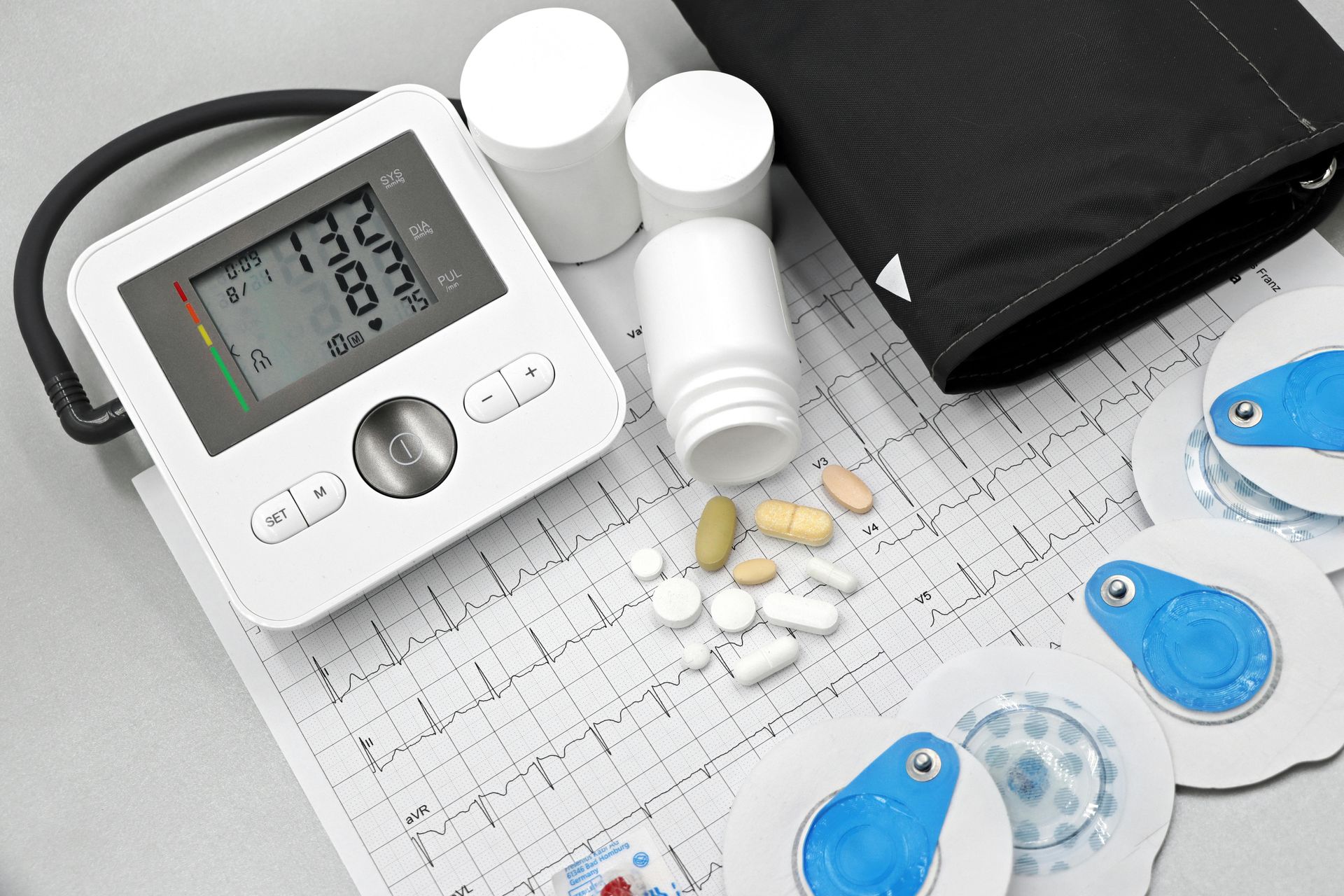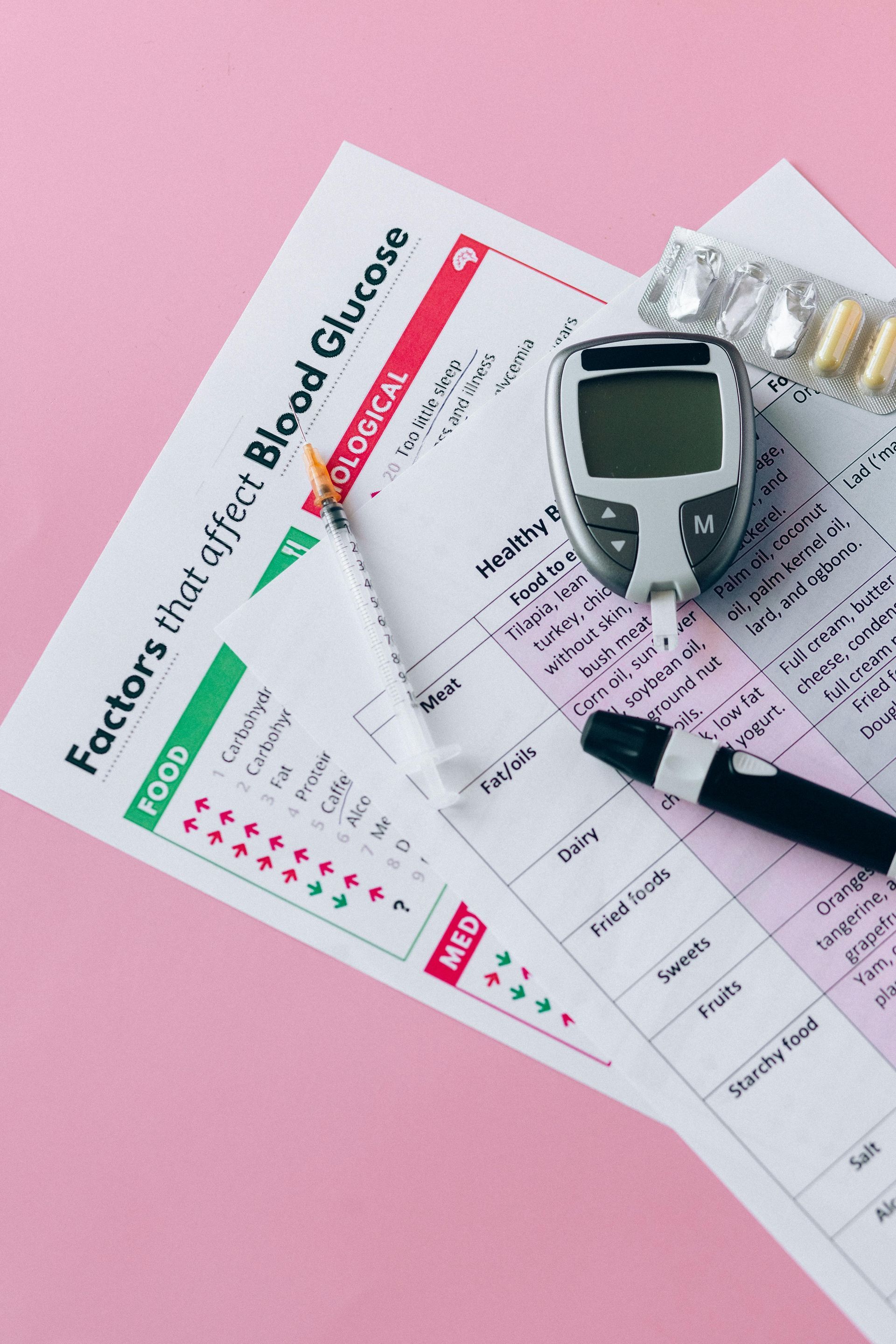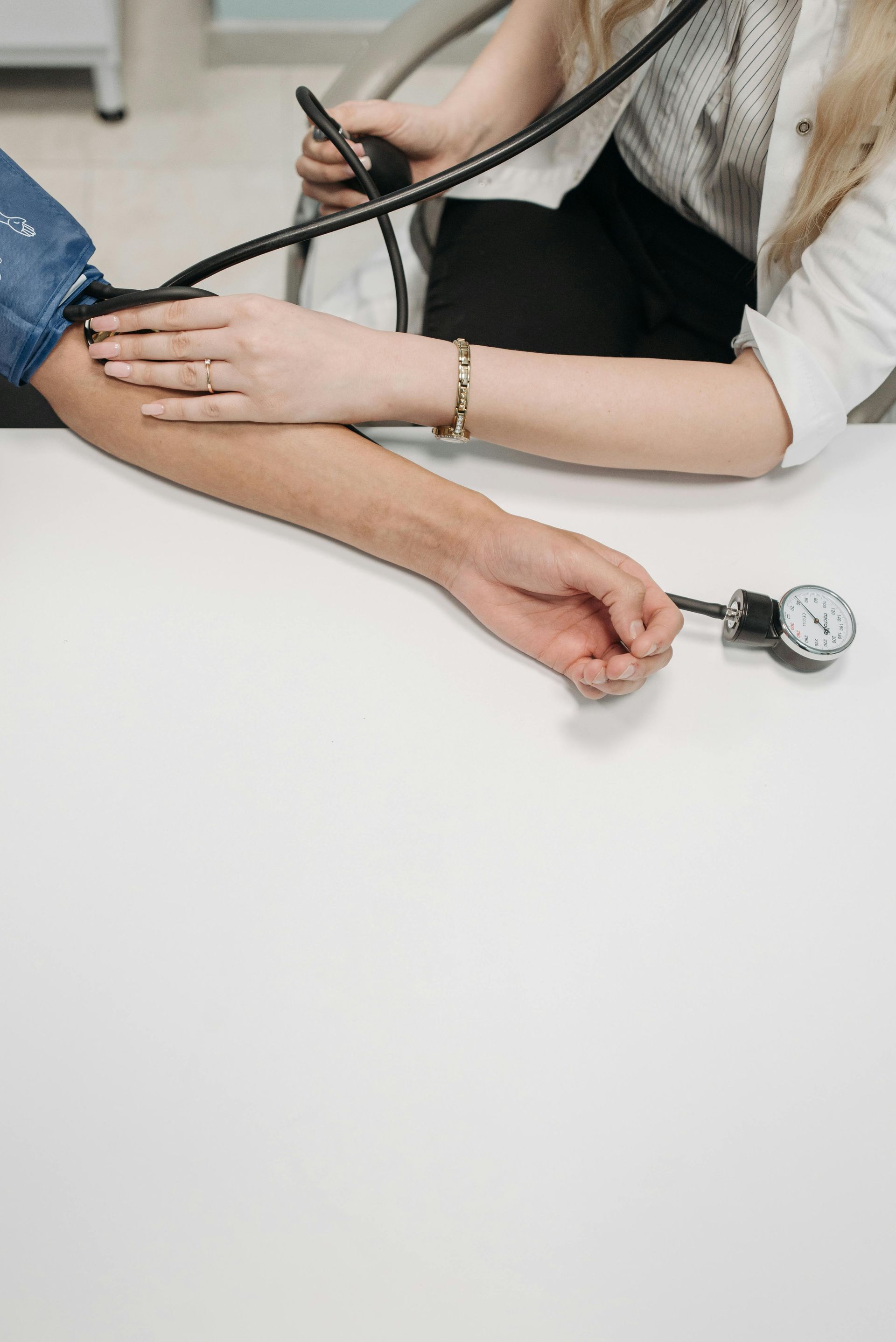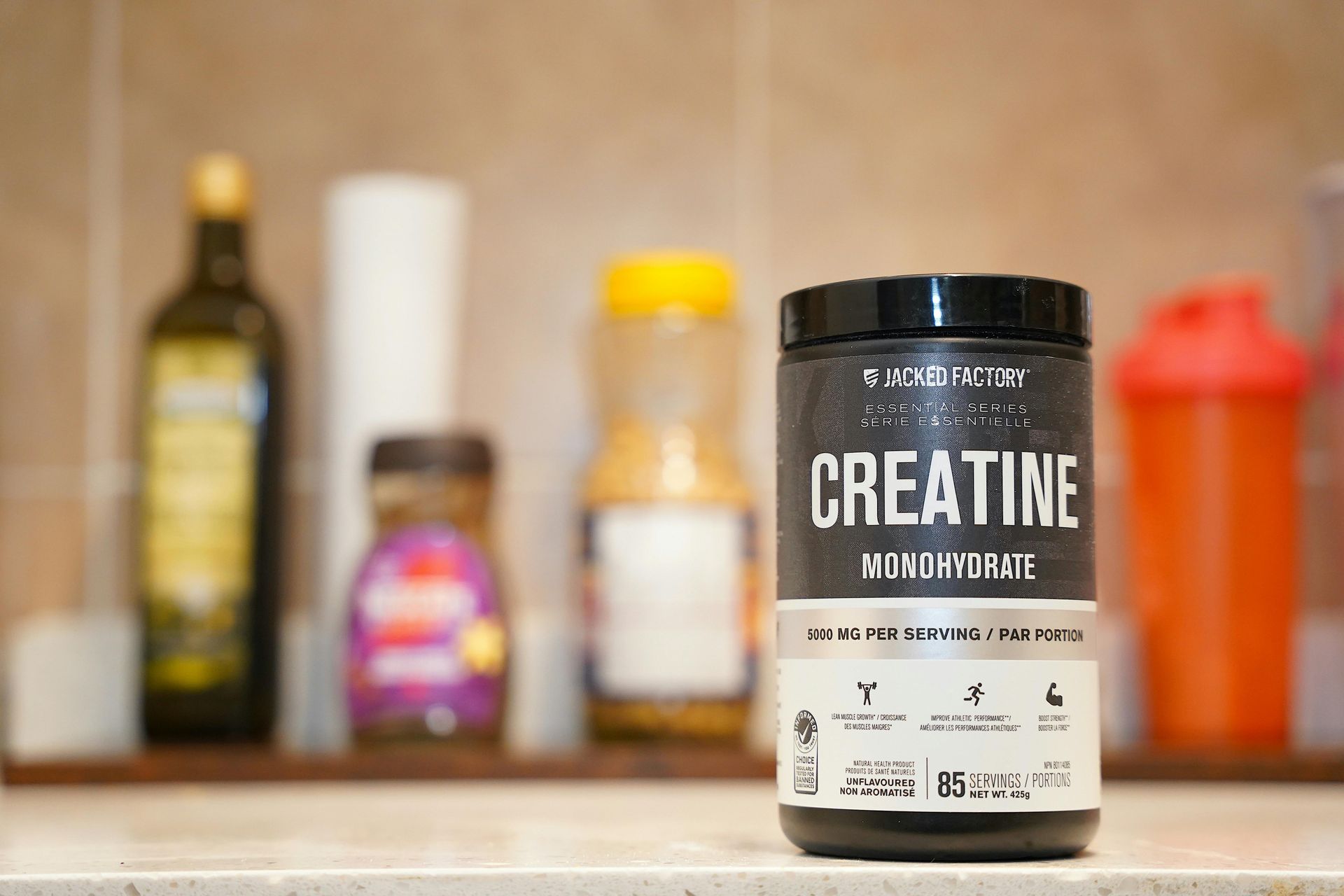Mohamad-Ali Salloum is a Pharmacist and science writer. He loves simplifying science to the general public and healthcare students through words and illustrations. When he's not working, you can usually find him in the gym, reading a book, or learning a new skill.
FDA pregnancy medication categories : Pre 2015.
Share
Being pregnant brings to women so many questions. The questions can range from stuff related to how their bodies are affected, what should they eat, how much exercise should be done...etc.
All the questions are important to answer and make it clearer for the pregnant woman to prevent unnecessary bad things from happening. However, one of the most important questions to be asked is “What are the medications that can be administered during pregnancy and what are the medications to be avoided?”
In 1979, the FDA published a classification for the medications to organize them in a clearer way. The classification is called “FDA pregnancy categories” and there are 5 of them: A, B, C, D, and X.
Fast forward to 2015, and after receiving many comments that this categorization leaves the patients and the health care providers confused and may misinterpret the meaning of the letters, the FDA replaced it with new narrative information which will remove the confusion away. Hopefully :D
The new narrative description of medication safety is called the Pregnancy and Lactation Labeling Rule (PLLR).
So, the FDA requested that prescription drugs and biologic products submitted after June 30, 2015, will use the new format immediately. (1)
To understand more about why this update happened, let us first explore the previous categorization used. In this article we will talk about the FDA pregnancy risk categories used prior to 2015.
You can go to this article for more details about the 2015 update.
Category A (2)
Adequate and well-controlled studies have failed to demonstrate a risk to the fetus in the first trimester of pregnancy (and there is no evidence of risk in later trimesters).
Example drugs or substances:
Levothyroxine, Folic Acid, Thiamine, Pyridoxine, Doxylamine.
Category B (2)
Animal reproduction studies have failed to demonstrate a risk to the fetus and there are no adequate and well-controlled studies in pregnant women.
Example drugs:
Metformin, Hydrochlorothiazide, Cyclobenzaprine, Amoxicillin.
Category C (2)
Animal reproduction studies have shown an adverse effect on the fetus and there are no adequate and well-controlled studies in humans, but potential benefits may warrant use of the drug in pregnant women despite potential risks.
Example drugs:
Gabapentin, Amlodipine, Trazodone.
Category D (2)
There is positive evidence of human fetal risk based on adverse reaction data from investigational or marketing experience or studies in humans, but potential benefits may warrant use of the drug in pregnant women despite potential risks.
Example drugs:
Losartan, Carbamazepine, Phenytoin.
Category X (2)
Studies in animals or humans have demonstrated fetal abnormalities and/or there is positive evidence of human fetal risk based on adverse reaction data from investigational or marketing experience, and the risks involved in use of the drug in pregnant women clearly outweigh potential benefits.
Example drugs:
Atorvastatin, Simvastatin, Methotrexate, Finasteride, Triazolam, Isotretinoin.
As a summary:
| Category | Safe to Use? | Examples |
|---|---|---|
| A | Yes | Paracetamol, Levothyroxine, Folic Acid |
| B | Yes | Amoxicillin, Cephalosporins, Metformin |
| C | Do Risk/Benefit assessment | Gabapentin, Trazodone, Amlodipine |
| D | Do Risk/Benefit assessment | Carbamazepine, Phenytoin, Losartan |
| X | No | Atorvastatin, Simvastatin, Ribavirin, Methotrexate |
Since you are now familiar with the categories, I think you have an idea why the FDA updated the requirements and why it is causing some confusion about their meaning.
Let’s go and explore the 2015 update and how the FDA is now requesting the pharmaceuticals to write down a narrative assessment in the drug labelling information. Click Here.
List of Services
ABOUT THE AUTHOR
Mohamad-Ali Salloum, PharmD
Share
Recent articles:





















